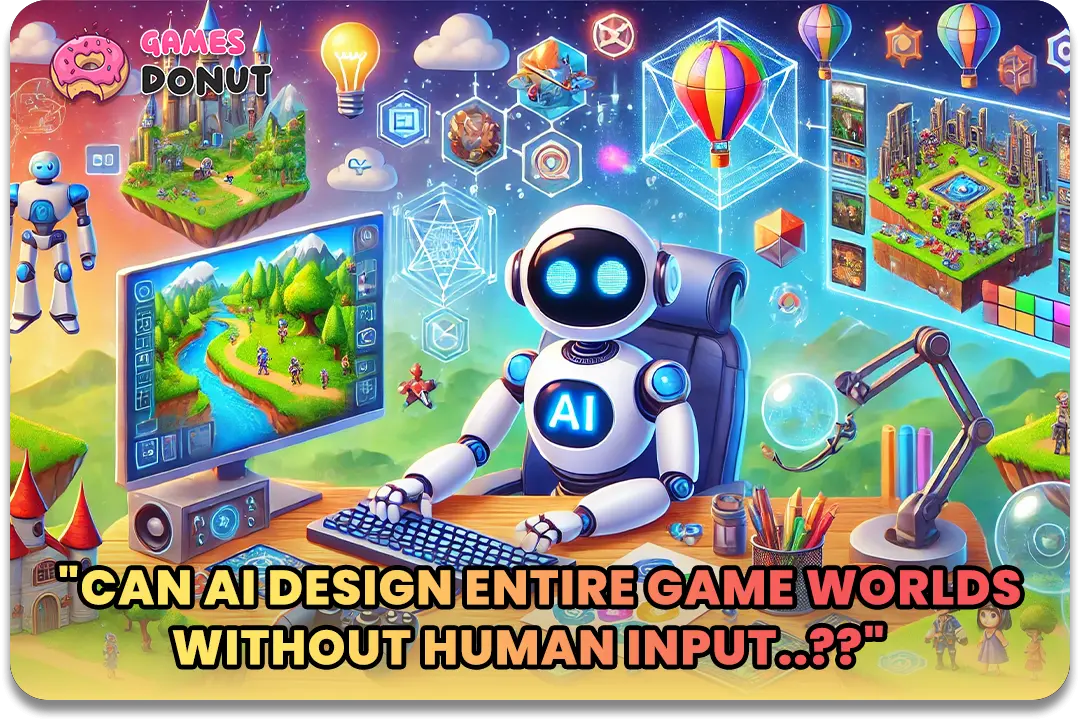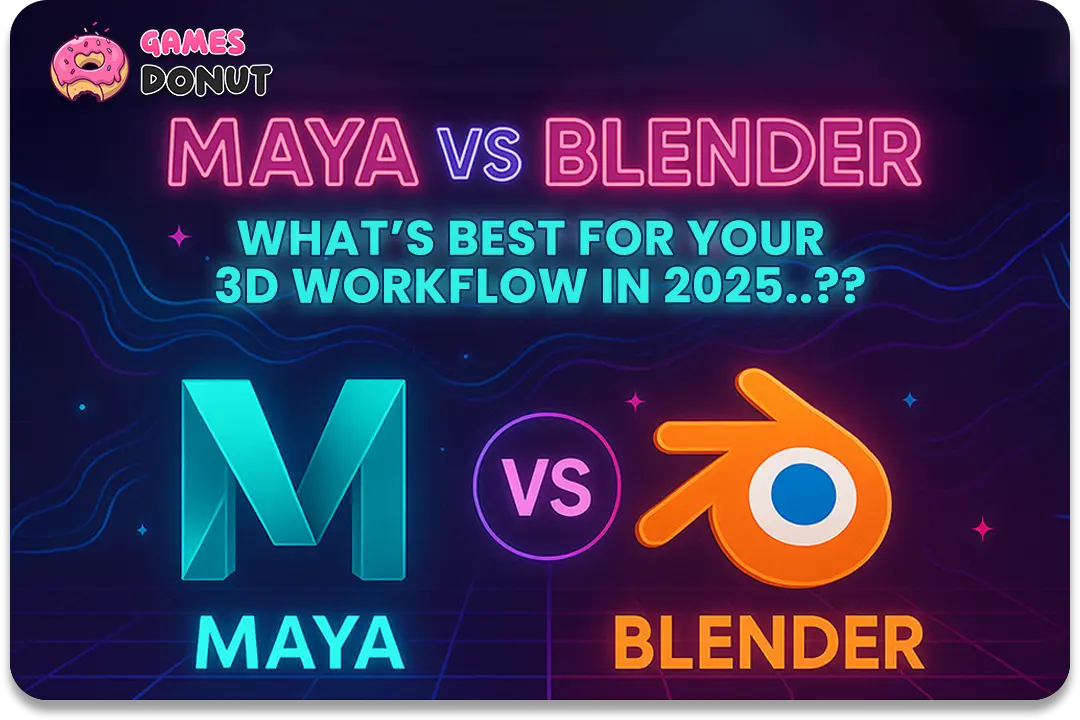Game Design vs. Game Programming: What’s the Real Difference..??
In the ever-evolving world of mobile gaming, two roles stand out as the backbone of game development: game designers and game programmers. If you’re new to the industry—or simply curious—you might think these roles overlap. After all, they both contribute to making a game fun, functional, and visually appealing.
But the truth is, game design and game programming are two distinct disciplines. While they work hand in hand, their focus, skills, and responsibilities are very different.
Let’s dive into what sets them apart—and why both are essential to making a successful game.
🎨 What is Game Design.?
Game design is all about creativity, vision, and user experience. Game designers are the architects of gameplay. They imagine and plan everything that makes a game engaging—from the characters and rules to the storylines and difficulty levels.
Responsibilities of a Game Designer:
- Concept Development: Coming up with the core idea for the game.
- Gameplay Mechanics: Designing how the game works (e.g., combat systems, puzzles, scoring).
- Level Design: Creating challenging and balanced levels that keep players interested.
- User Experience (UX): Ensuring the game feels intuitive, fun, and rewarding.
- Storytelling & World Building: Crafting compelling narratives and immersive environments.
In short, game designers create the "what" and "why" of a game. They don’t write the code—rather, they design the blueprint for how everything should function.
💻 What is Game Programming.?
While designers dream it, game programmers make it real. Game programmers use coding languages and development tools to bring the designer’s vision to life. They’re responsible for building the systems that run the game—from graphics and animation to physics and sound.
Responsibilities of a Game Programmer:
- Implementing Game Mechanics: Writing code to create gameplay interactions.
- Physics & Animation: Handling how characters move and react.
- Performance Optimization: Making sure the game runs smoothly on different devices.
- Bug Fixing: Troubleshooting and solving technical issues.
- Platform Integration: Ensuring compatibility with Android, iOS, and other platforms.
Game programmers focus on the "how"—how to make things work behind the scenes using programming languages like C++, C#, or Java, and engines like Unity or Unreal.
🤝 How They Work Together
A great game requires both imaginative design and flawless execution. That’s why designers and programmers must work closely and communicate clearly.
Here’s how a typical workflow might look:
- Designers pitch and document an idea.
- Programmers analyze its feasibility and start building the code.
- Designers test and give feedback.
- Programmers tweak and refine the mechanics.
This back-and-forth continues until the game feels just right—both in design and functionality.
🔍 Why Understanding the Difference Matters
If you’re running a mobile game platform or hiring for your next game project, understanding this distinction helps you:
- Hire the right talent for each phase.
- Communicate better with your dev team.
- Avoid misaligned expectations.
- Optimize your game development process.
Also, if you’re a beginner deciding your career path, knowing the difference can help you choose where your passion lies—creating ideas or building systems.
🚀 Final Thoughts
Game design and game programming are two sides of the same coin. One imagines, the other engineers. Without design, games would have no soul. Without programming, they would have no structure.
So next time you’re tapping through a beautifully crafted mobile game, remember: it’s the seamless collaboration between designers and programmers that brings the magic to your screen.
Whether you’re an aspiring developer or just a gaming enthusiast, appreciating both roles gives you a deeper insight into what makes your favorite games so addictive.




